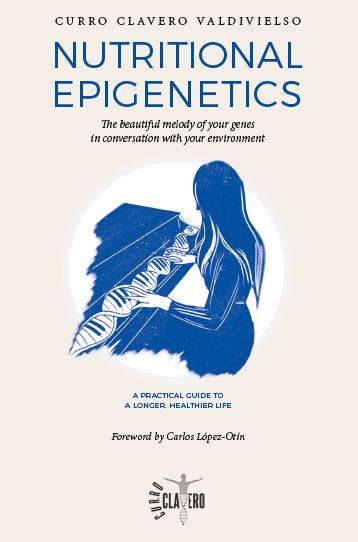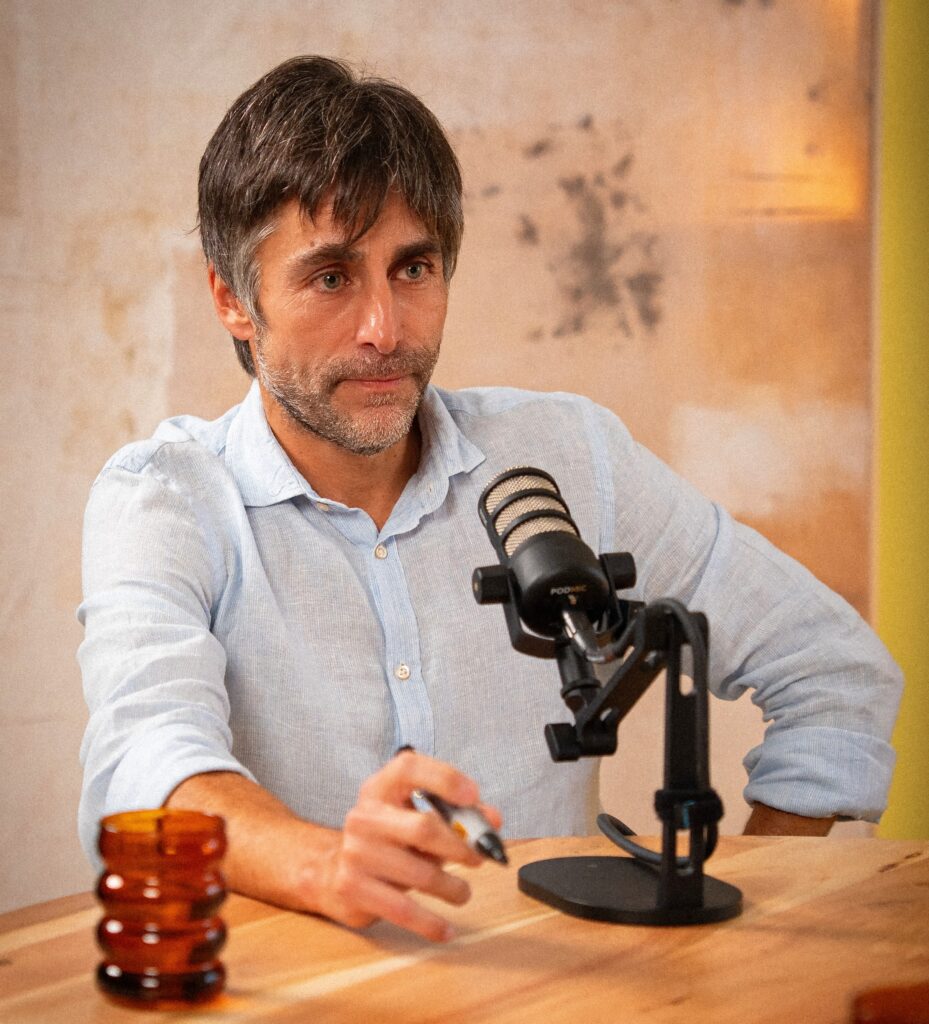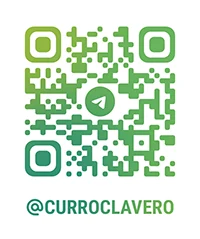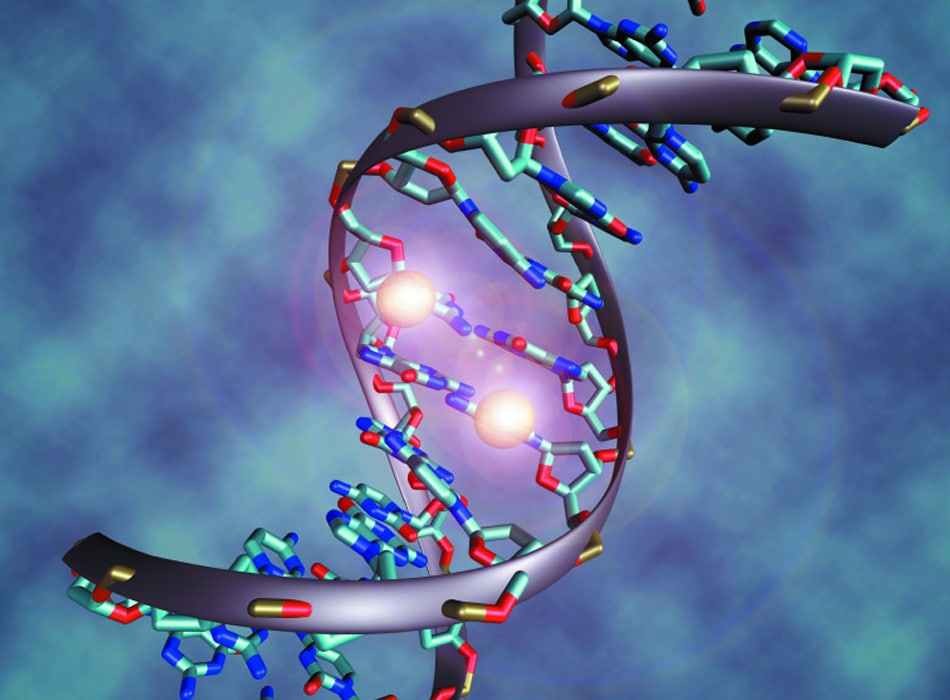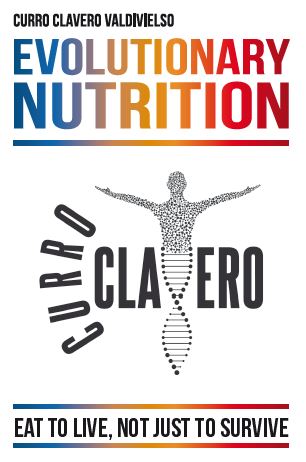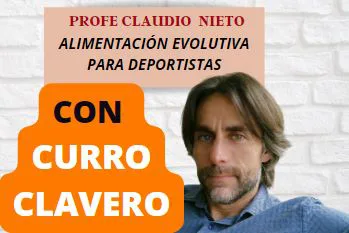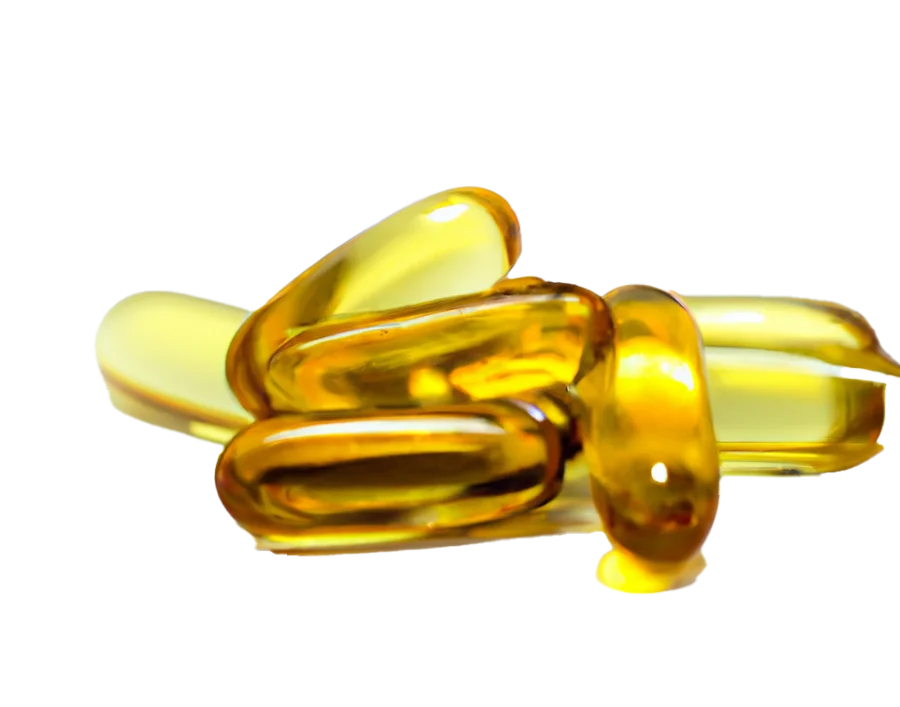Today I’m here to talk about my book. I know—time to sell myself.
The first thing I want to say is that, while finishing this work has brought me immense satisfaction—because of how demanding and challenging it was—what I’m most excited about is having had the immense fortune, the honor, and the privilege of receiving help to improve it, and of having the foreword written by someone I deeply admire: Carlos López-Otín. A professor of Biochemistry and Molecular Biology, he’s a global authority in human genome and aging research, and also one of the most cited scientists in the field of longevity. He’s the lead author of one of the most influential studies of all time in the aging field: The Hallmarks of Aging.
I’m thrilled that the book is finally seeing the light of day. It represents nearly two years of intensive reading of the most recent research in the field—selecting the best studies to build its foundation, and then trying to translate such a complex topic into accessible language, without sacrificing scientific rigor.
Maybe I’ll write better books in the future, or more successful ones—I don’t know—but I’m almost certain they won’t be more important than this one. And by “important,” I mean the groundbreaking, little-known, and revolutionary nature of the subject, and the tremendous impact it has on health—directly affecting longevity and, likely, every known disease.
You can get it here:
Nutritional Epigenetics
Health science is constantly evolving, and every day brings new discoveries that transform our understanding of health and longevity. One of the most fascinating breakthroughs in recent years is nutritional epigenetics—a field that explores how the nutrients we consume can influence the way our genes are “expressed,” how they adapt to the ever-changing environment they must help us survive in, all without altering the original sequence of our DNA—that unchangeable genetic blueprint we’re born with.
One of the key tools epigenetics uses to keep us from dying prematurely is methylation: a little-known but essential biochemical process that carries out a wide range of vital functions in the body. As we’ll explain throughout the book, methylation goes far beyond epigenetics itself—shaping everything from the stability of your DNA to the efficiency of your energy metabolism and immune system.
At the heart of this methylation process lies an extraordinary molecule called SAMe. Though small in size, this compound has a massive impact on our biology. SAMe, or S-adenosylmethionine, is the master key that unlocks countless biochemical pathways. Its role in DNA methylation is crucial for regulating gene expression. But what does that actually mean in practical terms? Why should we care how this molecule affects our cells? As we’ll see in the book, the answer lies in SAMe’s ability to influence nearly every aspect of our health—from brain function to metabolism, detoxification, and even our fight against chronic disease.
Summary of the Book’s Chapters
As an introduction, I’d like to give you a summary of the main sections and chapters of the book so you can get a clear sense of what to expect.
As in my previous works, I begin with a theoretical foundation (the first six chapters), which is essential to understanding the practical part and the rationale behind the interventions. From there, I focus on what really matters: how to apply what’s been discussed in order to reduce disease risk, improve or manage existing conditions, slow down aging, and enhance your physical and mental performance. In other words, how epigenetics can help you live a little longer—and, above all, much better.
Chapter 1: What Epigenetics Is and How It Affects Life
This chapter defines epigenetics and explains why it matters in our lives. I outline the difference between genetics (the “instruction manual” we inherit) and epigenetics (the set of mechanisms that regulate how those instructions are interpreted, influenced by our environment, diet, and other factors).
I dive into the key processes that make epigenetics possible, such as DNA methylation and histone modification. I explain how epigenetics enables cellular differentiation—how genetically identical cells perform different functions. I also explore epigenetic alterations and their impact on health and aging, highlighting how the loss of DNA methylation capacity is one of the drivers of physical decline.
Chapter 2: The Role of SAMe in Epigenetics
This chapter focuses on the vital role of a molecule most people have never heard of, yet is essential for life: SAMe. Its presence is crucial for healthy aging due to its role in DNA methylation.
I use the analogy of SAMe as a “delivery person” handing out “tags” (methyl groups) that are “stuck” onto receptor molecules (like DNA) to modify their function as needed. I also examine how declining SAMe levels with age can lead to epigenetic disruptions—one of the hallmark features of aging.
Chapter 3: Other Roles of SAMe and Methylation
SAMe’s impact goes far beyond epigenetic regulation via DNA methylation. In this chapter, I explore its roles in the synthesis of creatine, phosphatidylcholine, spermidine, neurotransmitters, adrenaline, and antioxidants, among others.
I also emphasize the importance of methylation in other essential physiological processes—like circadian rhythm regulation, immune system support, breakdown of excess catecholamines, estrogens, niacinamide, and histamine—as well as its contribution to eye health.
Chapter 4: Understanding the Methionine-Homocysteine Cycle
Here, I detail the methionine-homocysteine cycle, a fundamental two-phase process that produces SAMe and prevents the buildup of homocysteine, a toxic byproduct of methylation.
I explain the two main homocysteine recycling pathways: remethylation and transsulfuration, and stress the critical importance of keeping this cycle running smoothly to prevent disease and support healthy aging.
Chapter 5: Diseases Linked to Hypomethylation
This chapter explores how global DNA hypomethylation—caused by low SAMe levels—is associated with increased risk of cardiovascular disease, cancer, neurodegenerative diseases (including Alzheimer’s, Parkinson’s, ALS, multiple sclerosis, and Huntington’s), type 2 diabetes, depression, autism, addictions, autoimmune conditions, allergies, migraines, fibromyalgia, ADHD, and aging itself.
I also examine the mechanisms by which hypomethylation contributes to the development of each of these conditions.
Chapter 6: Diseases Linked to Hypermethylation
Here, I describe the few diseases associated with the opposite problem: excess SAMe (hypermethylation). These include schizophrenia, bipolar disorder, epilepsy, and acute myeloid leukemia.
I explain how hypermethylation can also negatively impact health and emphasize the importance of maintaining balanced SAMe levels.
Chapter 7: How to Tell If You’re in a State of Hypomethylation or Hypermethylation
This chapter marks the beginning of the practical section. I explain how to determine a person’s methylation status through blood tests—such as SAMe and SAH levels, or the methionine/homocysteine ratio. I emphasize the importance of identifying your methylation status before implementing any strategy to correct imbalances.
Chapter 8: How to Boost Methylation in a State of Global Hypomethylation
Here, I describe strategies to increase methylation, including supplementation with SAMe, creatine, phosphatidylcholine (lecithin), and choline; avoiding tobacco and alcohol; increasing physical activity, among other interventions. I explain the mechanisms behind each strategy, their health benefits, and how to carry them out as effectively as possible.
Chapter 9: How to Reduce Methylation in a State of Global Hypermethylation
In this chapter, I present strategies to reduce methylation and explain how they help counteract excess SAMe—if and when necessary.
Chapter 10: How to Lower Homocysteine
This chapter highlights the importance of reducing homocysteine levels in both hypomethylation and hypermethylation states. I explain how to do so through supplementation with certain B vitamins and trimethylglycine (TMG or betaine), and I stress the importance of testing blood levels before using supplements.
Chapter 11: How to Inhibit Deacetylation (Silencing) of Tumor Suppressor and Other Genes
Here, I explain the histone deacetylation process and how it silences genes we want to keep active, such as tumor suppressors. I also present strategies based on foods rich in compounds that deactivate the enzyme responsible for this silencing.
Appendices
● Microbiota and Methylation: I explore the relationship between the gut microbiota and DNA methylation, including how the microbiota influences the production of SAMe and other epigenetic molecules.
● How SAMe and Methylation Affect Physical Performance: I analyze how physical exercise impacts methylation, and vice versa—how methylation affects athletic performance. I also explain how to optimize SAMe availability and antioxidant synthesis to improve physical performance.
Above all, I wanted this book to be a practical guide—first, to help you understand how nutrition can influence your genes and transform your life; and then, to provide you with the tools to put nutritional epigenetics into practice in your everyday life: improving the methionine-homocysteine cycle, enhancing your methylation capacity by supporting SAMe, and reducing toxic homocysteine levels. These are little-known strategies, but they have a profound impact on health and longevity.
It’s time to nourish your genes—for a much healthier life and, probably, a longer one too.

